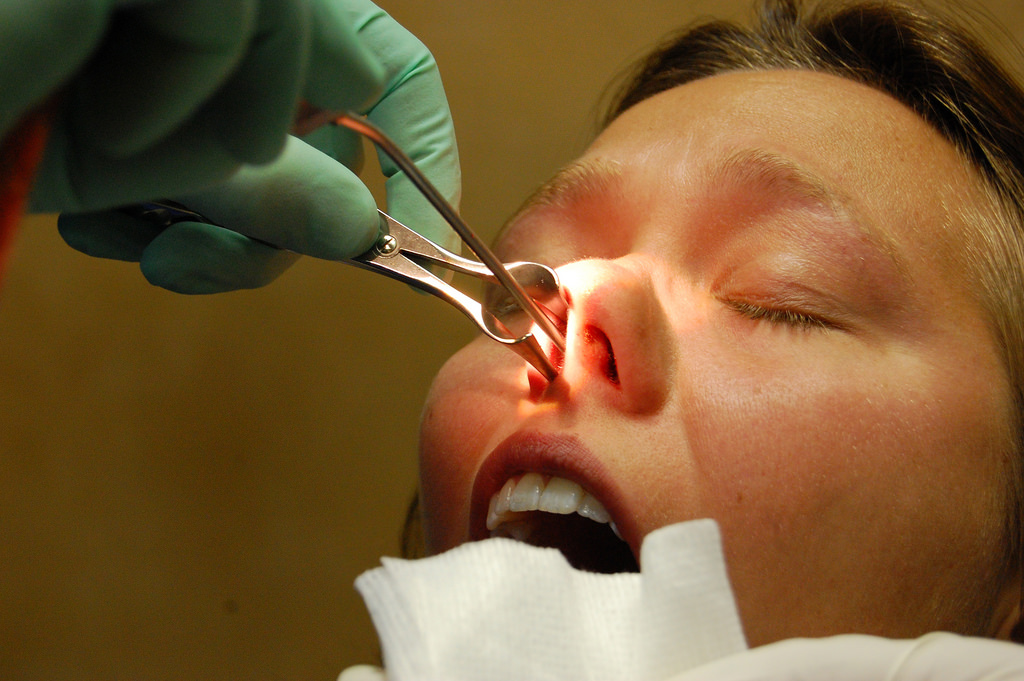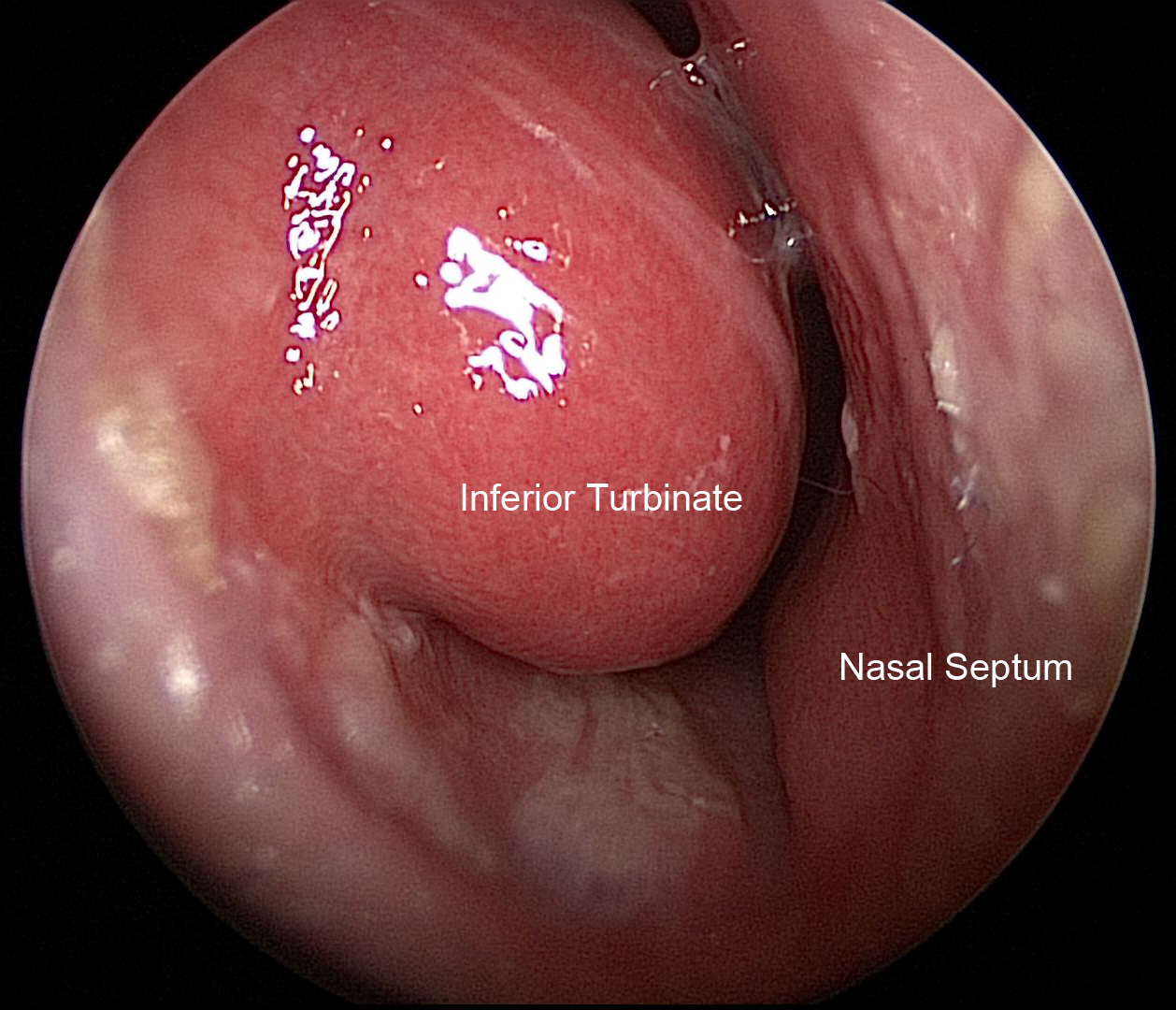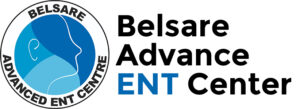Septoplasty And Turbinate Surgery
Located right between the right and left sides inside the nose is an about 7 cm long (in adults) thin piece of cartilage and bone called septum that separates the two nostrils. In some cases, because of an injury or due to natural growth, this septum bends to one or both sides creating a nasal blockage. The surgery performed to reposition this septum is called a septoplasty.
RISKS
As with any surgical procedure, septal and turbinate procedures have associated risks. Although the chance of a complication occurring is very small, it is important that you understand the potential complications and ask your surgeon about any concerns you may have.
- Bleeding:Most nasal surgery involves some degree of bleeding, which is generally well tolerated.
- Persistent symptoms:The goal of surgery is to improve the structural problems that are leading to your nasal blockage.
- Infection: The nose is not a sterile environment, and infection can occur after septal and turbinate surgery.
- Toxic Shock Syndrome: A very rare infection called “Toxic Shock Syndrome” can also occur, usually when packing is placed, but sometimes when no packing is used.
- Tooth and nose numbness: The nerves that go to the gums and front teeth of the upper jaw come through the nose.
- Septal perforation: A septal perforation is a hole in the nasal septum. This can develop during or after surgery, especially if there is an infection.
- Other risks: Other uncommon risks of surgery include alteration of sense of smell or taste persistence and worsening of facial pain change in the resonance or quality of the voice and swelling or bruising of the area around the eye. There is a very small risk of a subtle change in the external appearance of the nose after a septoplasty.
CARE
You can expect to have pain, fatigue, nasal stuffiness, and mild nasal drainage after your surgery. Pain is generally mild with this type of surgery and is typically well controlled with pain medications by mouth. The stuffiness typically results from swelling after the procedure, and typically starts to improve after the first week. You may have drainage of some mucus and blood from your nose after surgery. This is a normal part of the healing process.
You may be asked to use saline sprays or irrigations after your surgery. Please check with your surgeon about any post-operative care you will need to perform to allow your nose to heal properly.


